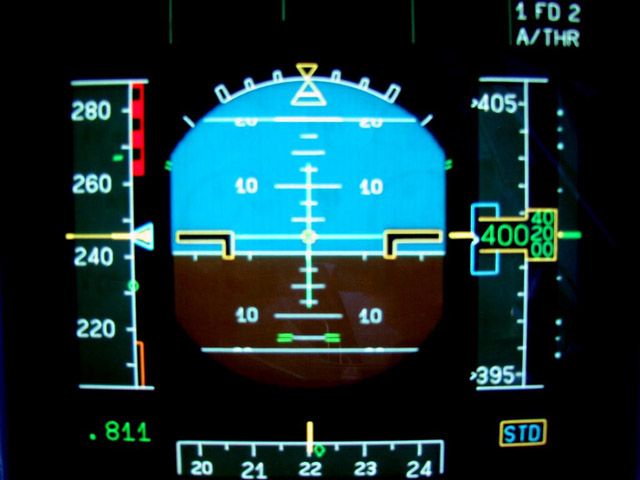@FGD135:
What you're not taking into account in your posts is that a lot of the examples cited are from decades before the introduction of glass cockpits, and would have thus been constrained by the limits of analogue technology on tape displays (which would in effect have been a large drum).
The Boeing research in the 1980s and the paper quoted does not take into account the possible bias inherent in the results due to most pilots of the day being more experienced with dials than tapes.
If you take these quotes into account:
Understanding the difference between that speed and current system state now requires the operator to perform mental mathematics, rather than directly seeing the difference.
Harris, 2004, noted, “the windowed design can be quite poor at providing the pilots with anticipatory information. On the electromechanical counter-counter altimeter, the altitude ‘bugs’ were always visible.” (p. 87).
a concept that is broken by (the common current solution) displaying important values numerically next to a graphic tape
and then look at the A330 PFD I posted earlier:

you can see that the bugs and relevant information are all in fact there, displayed graphically alongside the tape. In effect, the "proximity" perception is preserved in this manner (i.e. work from the yellow bug and avoid close proximity to the red [overspeed] and orange [alpha] bars - the lower red [stall] bars being off the bottom of the scale). The quotations above are inaccurate.
Originally Posted by
ExSp33db1rd
On the Classic 747 there was a block of 20 engine instruments, 5 for each of 4 engines, in the centre instrument panel. With take-off power selected, all 20 'clocks' pointed to 4 o'clock, not be accident but by design. Should one parameter change, it stuck out like sore thumb. I can't comment on how this was dealt with on the 747-400 digital display, i.e. is it so patently obvious when something is wrong ?
I'd imagine that a noticeable EICAS warning would be generated, and hopefully tell the PNF exactly where the problem lay (in effect bypassing the previous method where the PNF would have to ask the FE what they thought the problem was).